The Supreme Court issued an extremely disappointing opinion on Monday.
The case is Utah v. Strieff, and the opinion caused all of my former law school friends to collectively lose their damn minds.

My Facebook feed was littered with horrified posts about the court “declaring open season on illegal searches and seizures.”
I read a few articles on the opinion, which seemed so outlandishly wrong that I had to listen to the oral argument and read the opinion myself to verify that this wasn’t being spun.
And sadly, everyone is right – the court basically gave the police an incentive to stop whomever they want, for whatever reason that they want.
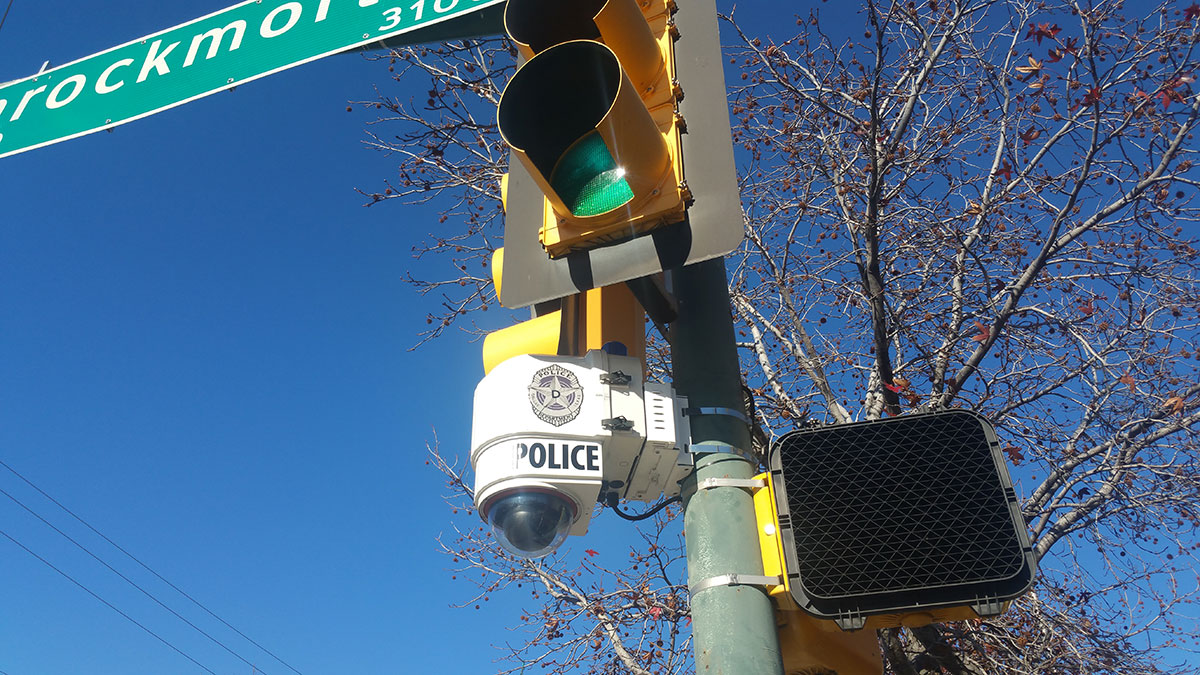
Police camera in Oak Lawn, Dallas
The Case
Here’s a summary of Utah v. Strieff, mostly taken from the court’s syllabus:
Narcotics detective Douglas Fackrell conducted surveillance on a South Salt Lake City residence based on an anonymous tip about drug activity.
The number of people he observed making brief visits to the house over the course of a week made him suspicious that the occupants were dealing drugs.
After observing Edward Strieff leave the residence, Officer Fackrell detained Strieff at a nearby parking lot, identifying himself and asking Strieff what he was doing at the house.
He then requested Strieff’s identification and relayed the information to a police dispatcher, who informed him that Strieff had an outstanding arrest warrant for a traffic violation.
Officer Fackrell arrested Strieff, searched him, and found methamphetamine and drug paraphernalia.
Strieff moved to suppress the evidence, arguing that it was derived from an unlawful investigatory stop. The trial court denied the motion, and the Utah Court of Appeals affirmed. The Utah Supreme Court reversed, however, and ordered the evidence suppressed.
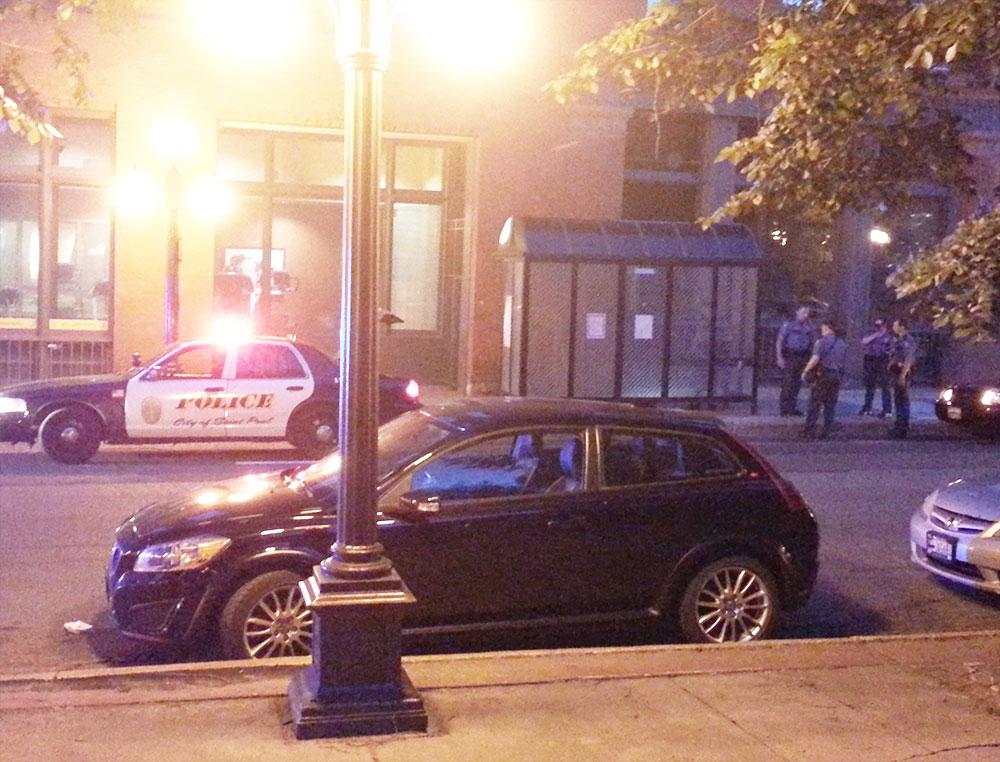
St. Paul police officers arresting a man in Mears Park.
The Law
The Fourth Amendment of the U.S. Constitution protects individuals from unreasonable searches and seizures.
Police officers are discouraged from violating the Fourth Amendment through the “exclusionary rule” which allows courts to throw out any evidence discovered through an illegal stop or search.
The bar for what constitutes an illegal stop of a pedestrian is extremely low.
In Terry v. Ohio, the Supreme Court decided that police may briefly detain a person if they have a “reasonable suspicion” that criminal activity is afoot. Justice Sotomayor points out that the officer’s justification must provide specific reasons why the officer suspected you were breaking the law.

Police cars at Sue Ellen’s Bar in Oak Lawn Dallas.
However, the officer does not even need to know which law you might have broken so long as he can later point to any possible infraction— “even one that is minor, unrelated, or ambiguous.”
In this case, the state admitted that the stop was illegal and that the cop did not have any lawful reason to detain Edward Strieff.
Normally, this would be enough for the court to throw out the drug evidence found on Edward Strieff under the exclusionary rule. But, the state wanted to bring the evidence in under an exception called the “attenuation doctrine.”
The attenuation doctrine states that evidence can be admitted if the connection between the unconstitutional police conduct and the evidence is “sufficiently remote or has been interrupted by some intervening circumstance.”
In the past, this applied to situations like:
1. Police make an illegal stop, but someone walks by and says, “This is the man who robbed me!”
2. Police officer 1 makes an illegal stop, and police officer 2 arrives and says, “This is the suspect I’ve been looking for!”
3. Police make an illegal stop, release the person, and then the person returns a few days later and confesses.
Here the state argued that the discovery of the warrant was an “intervening circumstance.” This is crazy, because the only way that the officer found out about Edward’s warrant was by illegally stopping him and running the warrant check.
So the new rule is “the mere existence of a warrant not only gives an officer legal cause to arrest and search a person, it also forgives an officer who, with no knowledge of the warrant at all, unlawfully stops that person on a whim or hunch.”
How this will impact minorities.
This rule disproportionally impacts minority and poor populations.
A warrant does not mean that there is a SWAT team searching the city for you. Justice Sotomayor notes that outstanding warrants are surprisingly common and can be automatically issued for infractions like breaking an ordinance or failing to pay a traffic ticket on time.
There are at least 7.8 million outstanding warrants across the country, and these are vastly more likely to be for minorities and the poor.
During oral arguments, some of the justices harped on how “rare” outstanding warrants are.
They seemed to miss the point that although warrants are rare among the overall population, outstanding are pretty common among the people who tend to be illegally stopped.
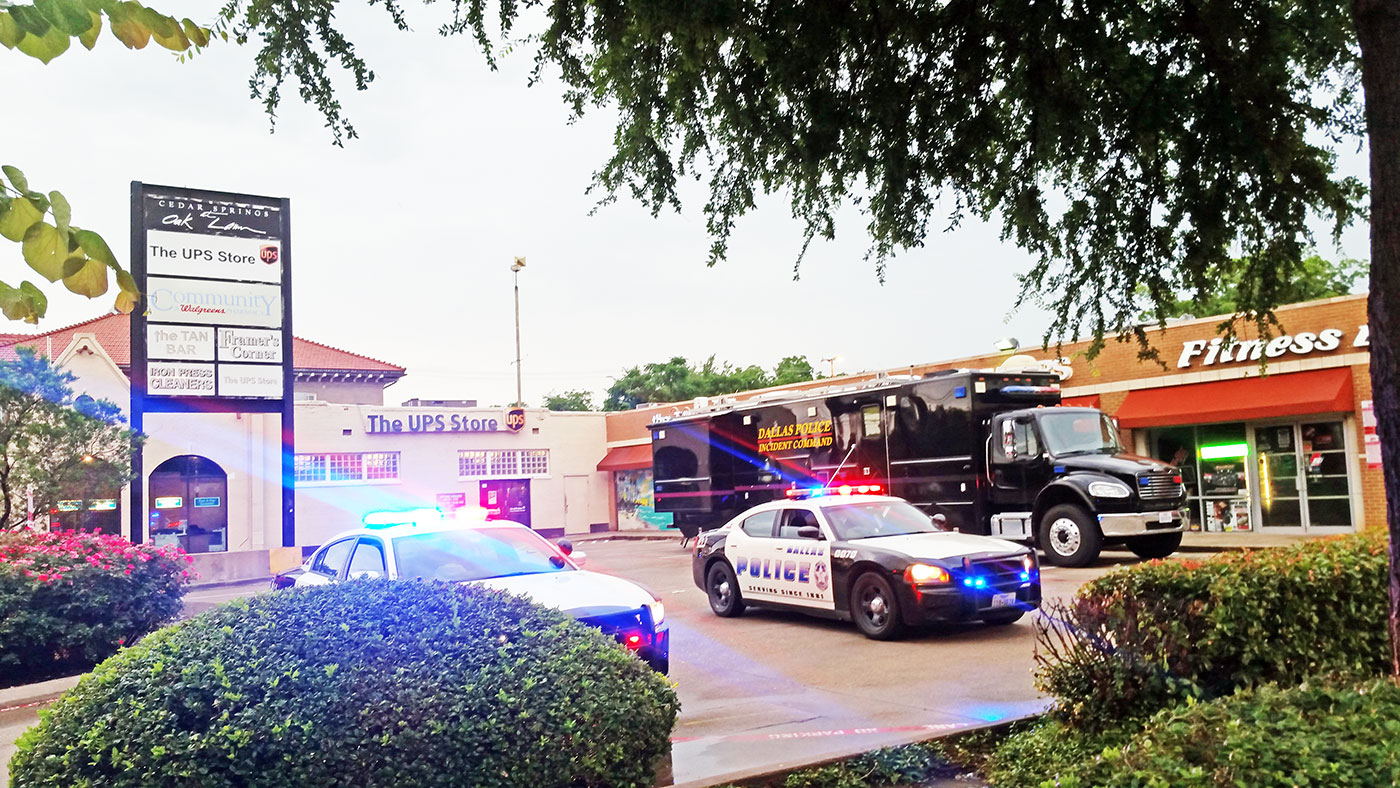
Increased police presence in Oak Lawn after the Pulse nightclub shootings.
One year in New Orleans, police made 60,000 arrests. One third of the arrestees had outstanding traffic or misdemeanor warrants.
According to the Department of Justice, officers in the town of Ferguson, Missouri, “routinely” stop people for no reason other than to check if they have a municipal arrest warrant pending. Ferguson happened to have 16,000 people with outstanding warrants, which is 76% of the town’s population of 21,000.
The Department of Justice also found that officers in Newark, New Jersey, ran warrant checks on 75% of the pedestrians stopped during a 4-year period and that “approximately 93% of the stops would have been considered unsupported by an articulated reasonable suspicion. This means that Newark police illegally stopped and performed warrant checks on 36,557 individuals, or 13% of the city’s entire population.
A police officer is now incentivized to roll the dice and illegally stop every minority, homeless person, or suspected drug addict that they see. Even if the cop doesn’t find an outstanding warrant, it does not matter because these individuals are extremely unlikely to have the wherewithal to complain or sue over the illegal stop.
This type of “catch and release” policing will become more widespread.
Although this will have no impact on a conservative judge living in a posh D.C. suburb, it will have considerable impact on our most disadvantaged populations.
Sotomayor put it bluntly in her dissent:
“By legitimizing the conduct that produces this double consciousness, this case tells everyone, white and black, guilty and innocent, that an officer can verify your legal status at any time. It says that your body is subject to invasion while courts excuse the violation of your rights. It implies that you are not a citizen of a democracy but the subject of a carceral state, just waiting to be cataloged.”

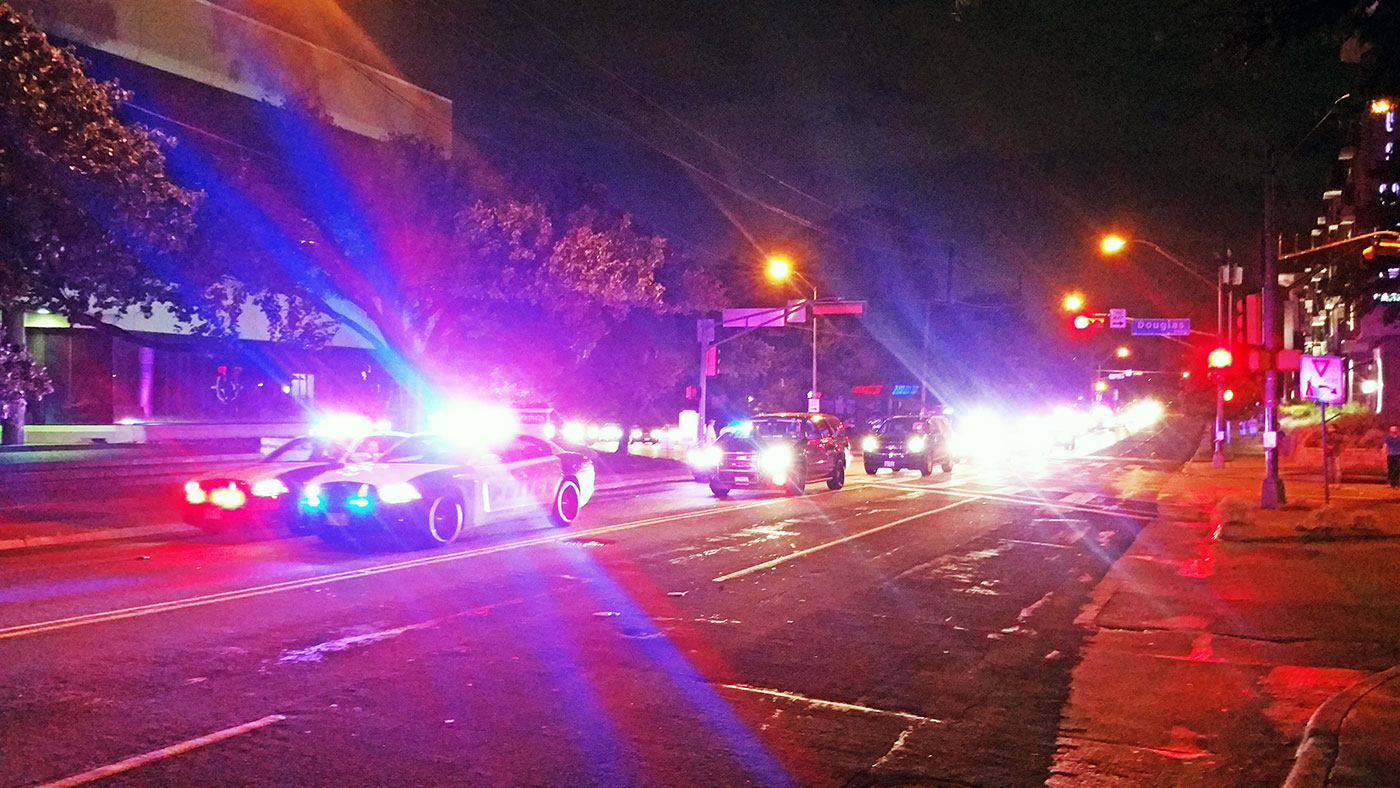


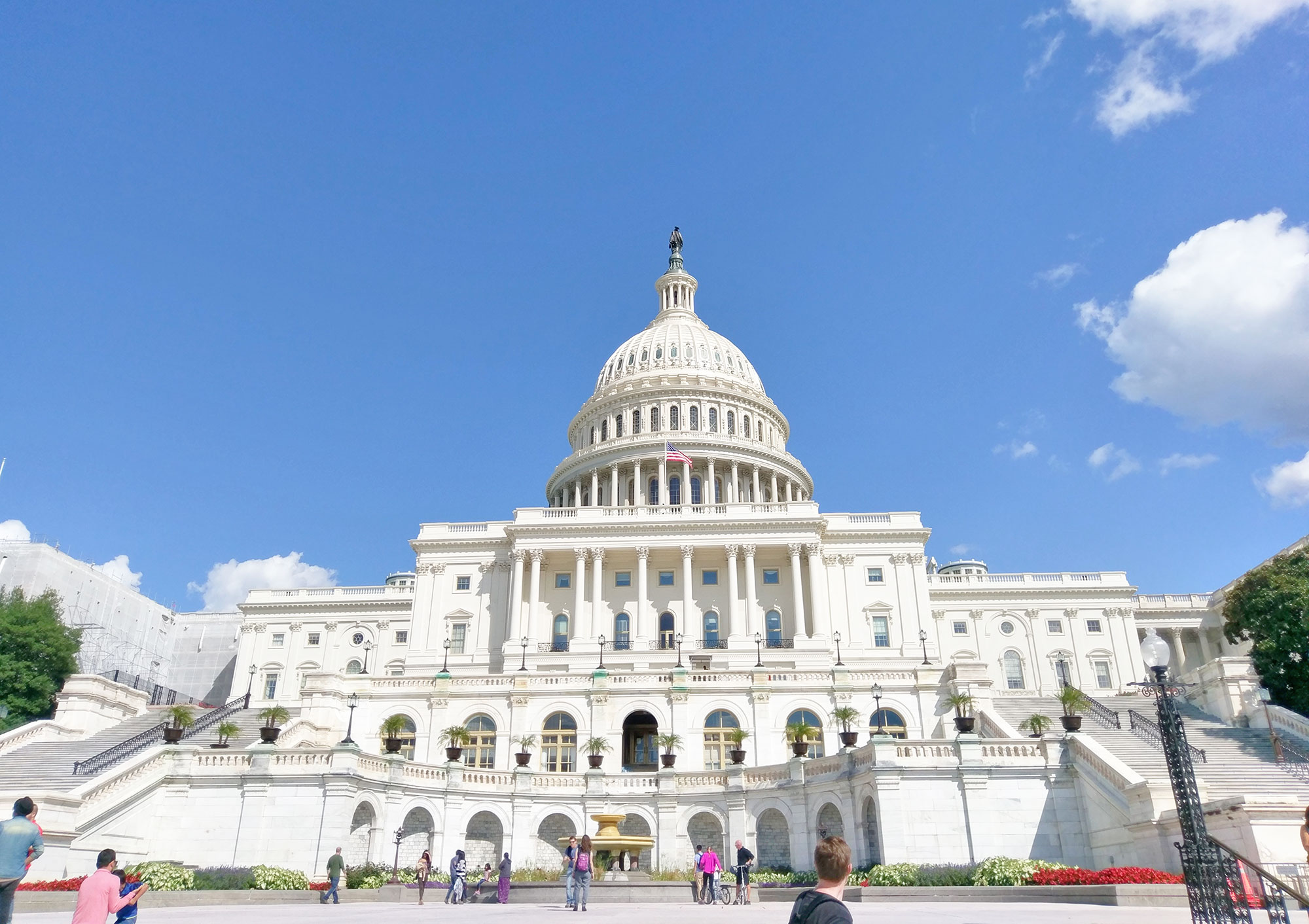
No Comments